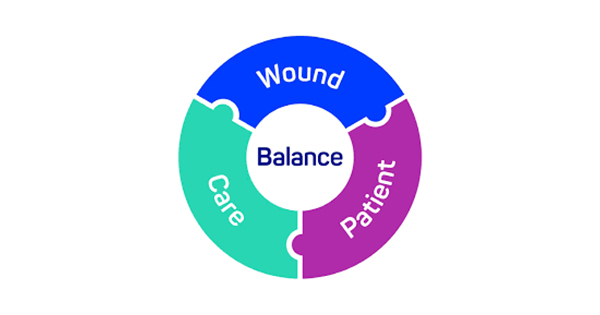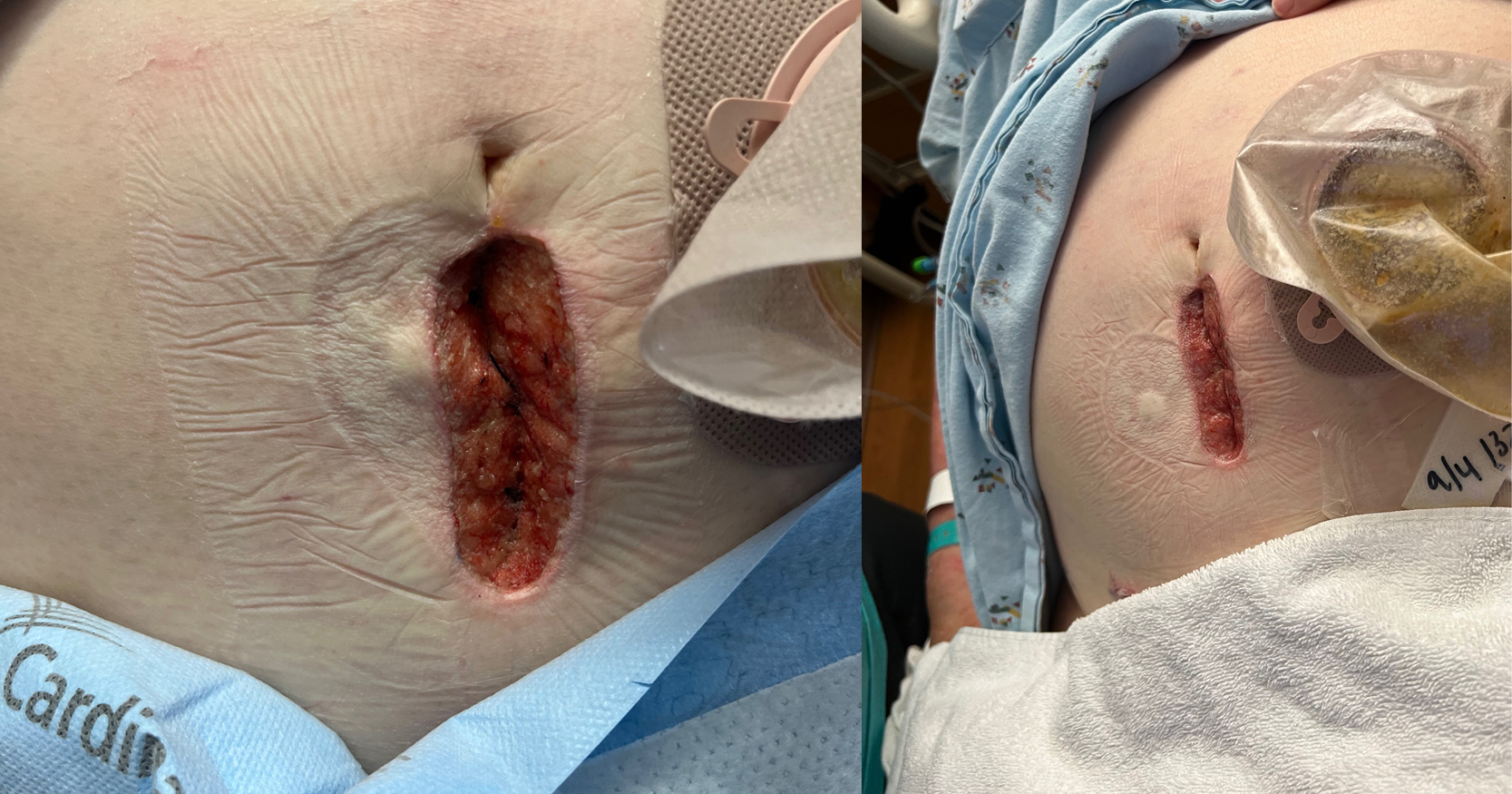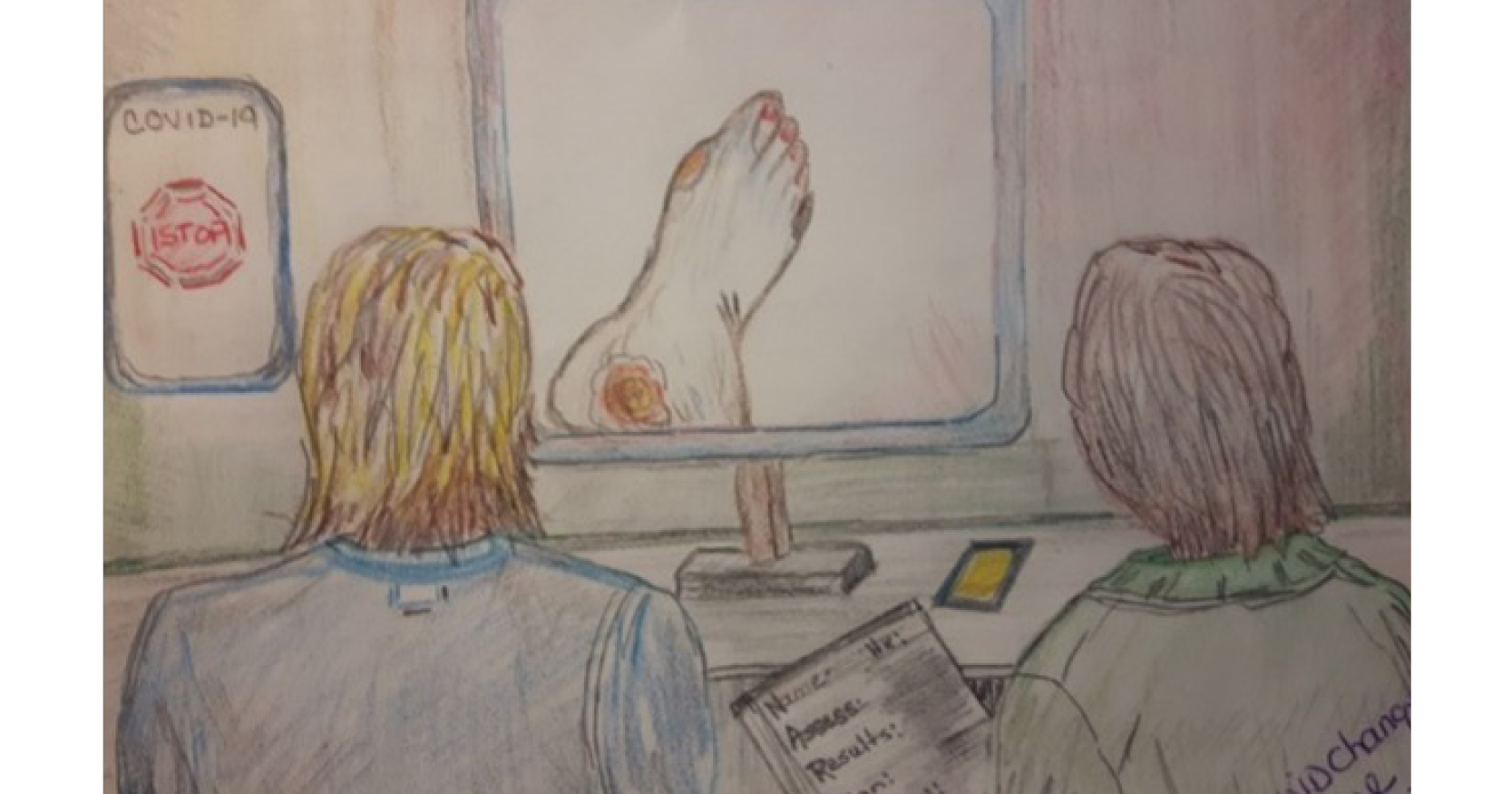<p>For many specialist practitioners who work alone with lymphoedema patients, engaging generalist healthcare professionals to help provide care remains a daunting task. This article presents an algorithm to be used when integrating services across multiple care sectors that can establish a pathway for patients with lymphoedema. It focuses on the types of symptoms the patient may experience and suggests the education and skills needed to help alleviate them. It is crucial that there are clear recommendations about the responsibilities of each practitioner and the level of training that should be undertaken.</p>






